Abu Simbel, yet another icon of the utter stunningness that is Egypt…
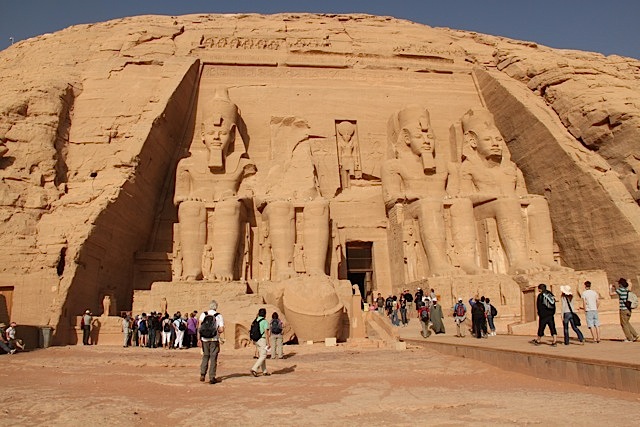
After the great pyramids of Giza, perhaps these imposing temples grace the most number of postcards from Egypt.
We visited Abu Simbel on the last day of our five day Nile cruise from Luxor to Aswan, stopping at various temples along the way. By this point, we were all templed out. Words like Pharaoh and mummification were pouring out of our ears. And what we didn’t know about the personal lives of Egyptian kings and gods, from Rameses to Amun Ra, simply wasn’t worth knowing.
So, when we saw that we were headed to Abu Simbel that day, we were all blasé about it; yeah, yeah, another temple. And then, bam!
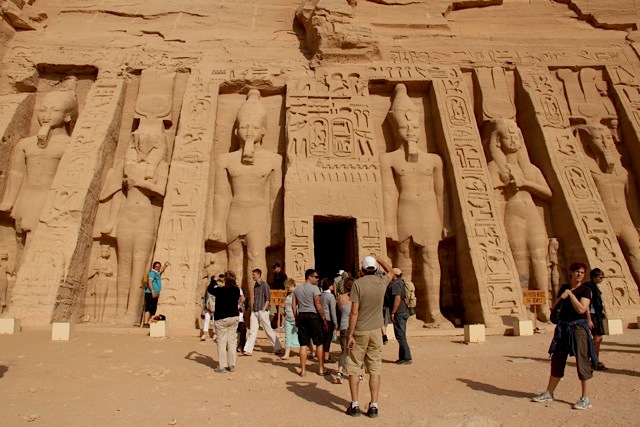
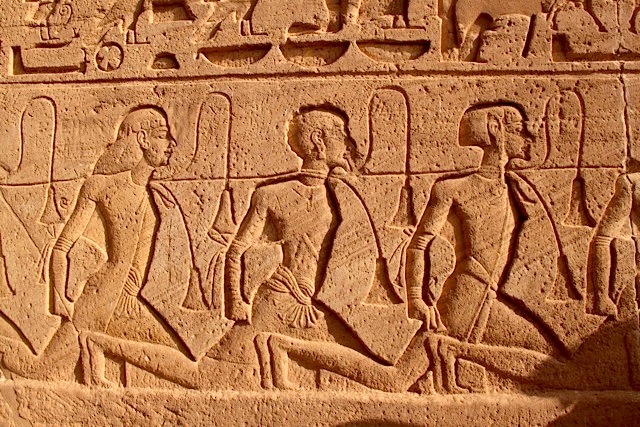
Right on the banks of the Nile, cut into solid rock, these four imposing figures – each almost 70 feet high – stare at you in a most unnerving fashion, as they have been since around 1244 BCE. It is believed that Rameses II (there he is again, there is just no escaping this man, or one of his descendants in Egypt) built these as a deliberate attempt to intimidate the local Nubian population and his enemies approaching by water. And let me tell you, he must have succeeded. Although most Egyptian royalty believed themselves to be above merely human, Rameses II was one of the few Pharaohs to actually declare himself divine while he was alive.
Perhaps equally fascinating is the story of how the Abu Simbel temples were moved in the 1960s, when the building of the Aswan dam threatened to flood the area. The temples were dismantled, cut carefully into blocks and reassembled at spot over 200 feet higher than the original location. Sponsored by the UNESCO and managed by a team of 2000 engineers, this project was carried out between 1964 and 1968.
Watch this video for more history and details of this move…
[youtube=http://www.youtube.com/watch?v=uxbDlSbNysQ&w=560&h=315]
It is possible to fly down from Aswan, a short flight of 45 minutes, but since we were part of the cruise, we took the bus. The bus leaves at 4.30 am and travels in a convoy, covering the distance of almost 300 km in 3.5 hours. It is an interesting drive on desert, deserted roads – nothing but sands on either side and a long line of buses with police escort. We got two hours at the temples, adequate time to walk around, gape at them and pose for the mandatory photographs. The drive back is also in a convoy, getting us back to our boat well in time for lunch.
Many visitors stick to Cairo and the pyramids, venturing only so far as Luxor, skipping Abu Simbel. My advice is to not miss it when you visit Egypt; it is sure to be one of the highlights of your trip.
Also read: more stories from Egypt…
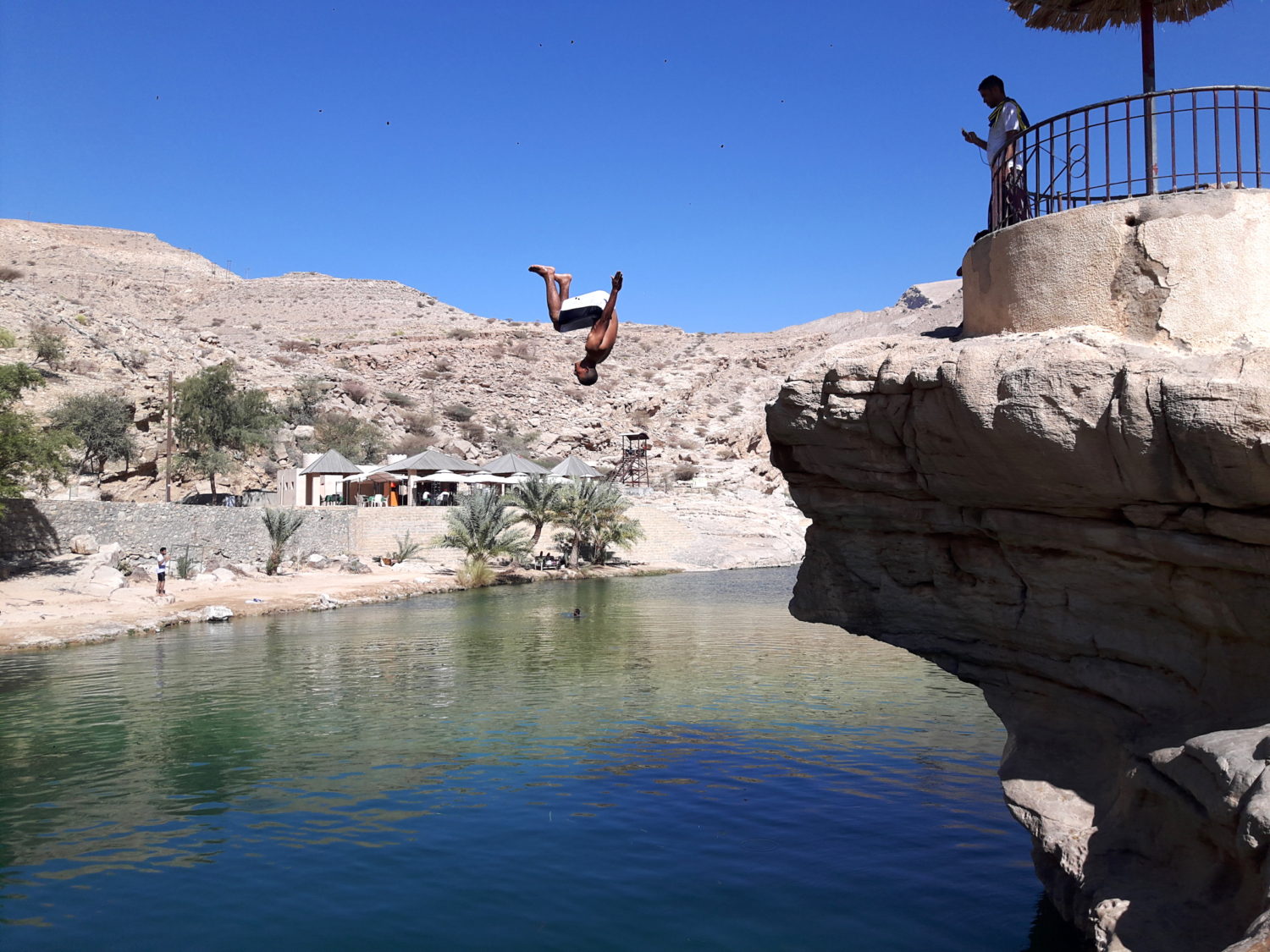
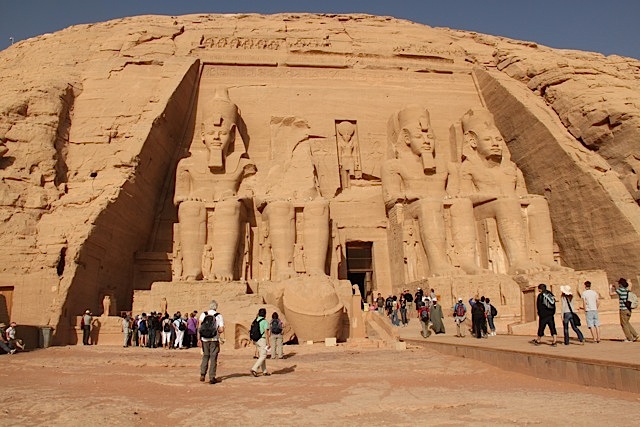



Wow awesome pics.. Thanks for sharing interesting information…
Very interesting post. I have always been fascinated by Egypt, and would love to visit at least once.
The story of how the temple was shifted block by block sounds so fascinating! What a mammoth task it must have been!